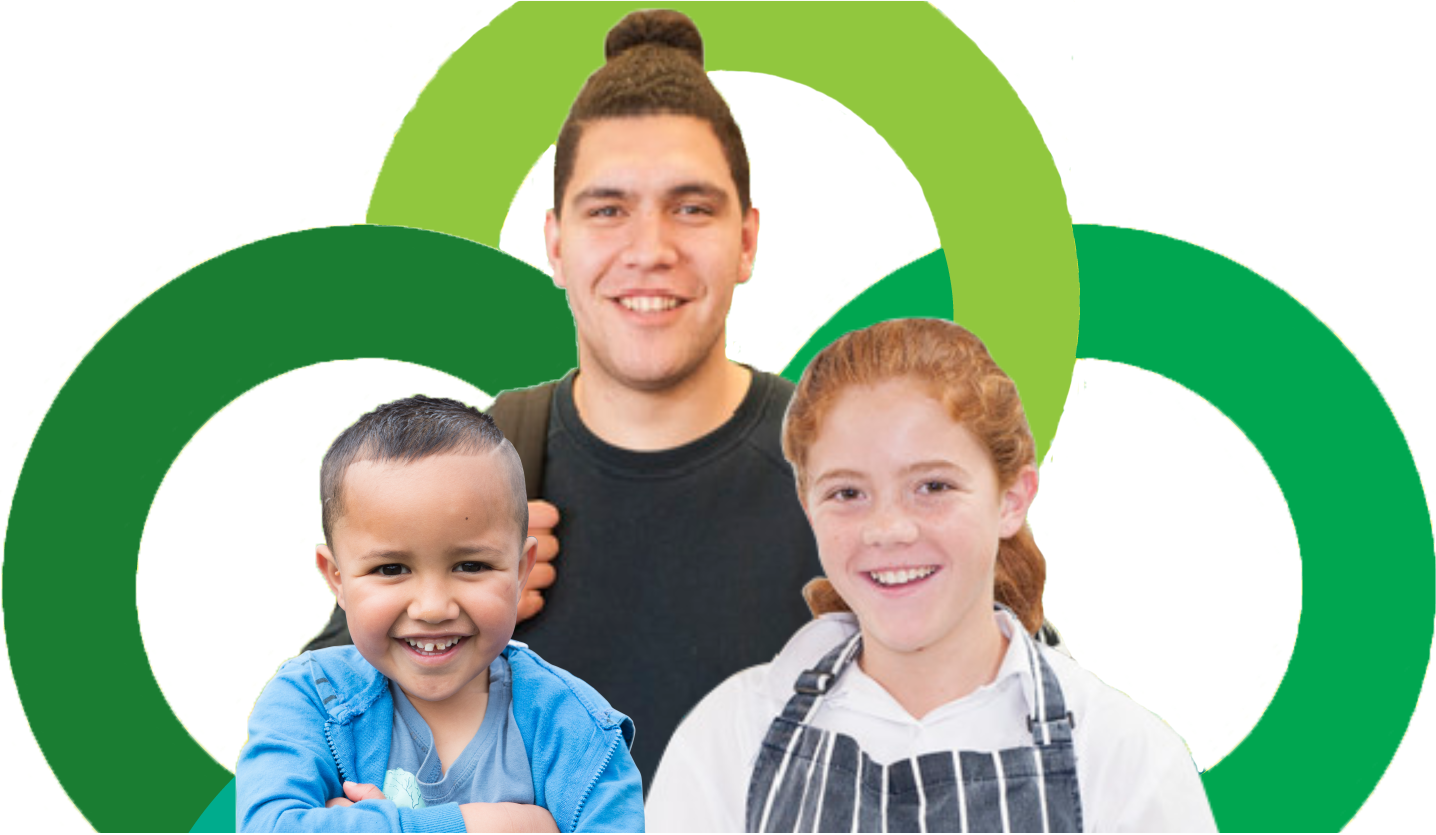
A personalised learning plan (PLP), individual learning plan (ILP), or an individual education plan (IEP), is a targeted plan for a gifted learner.
Most kura, schools and ECE settings will be familiar with working with IEPs and ILPs for special needs learners. However, some kura,schools and ECE settings are utilising PLPs for all learners, or specifically for gifted learners, within a schoolwide approach to personalised learning. PLPs deliver personalised learning aligned with the principles of 21st Century education (Bolstad et al, 2012). Russell (2013) provides an example of a PLP template and Russell & Riley (2011) outline how this can be utilised within a personalised approach to gifted education.
In general IEPs, ILPs and PLPs can be utilised when the learner, the whānau or the school feel that a more personalised programme is necessary. Sometimes this will be because of the exceptional abilities of the learner, which require a customised pathway through the kura, school. or ECE setting It may be because the learner is twice exceptional, with their high potential being affected or masked by a specific learning disability, physical impairment, disorder or condition (Niederer, 2013).
In general IEPs/ILPs/PLPs should state the learner’s strengths, interests and passions, any barriers to success and any areas of concern or weakness; specific short-term goals (and sometimes long-term goals) and the specific actions needed to accomplish these; who is responsible for the actions; what resources will be needed; and when the IEP/ILP/PLP will be reviewed next.
Niederer (2013, pp.16–17) suggests the following questions to consider during an IEP discussion (these can also inform ILPs and PLPs):
The IEP/ILP/PLP needs to be completed in collaboration with the learner and their parents/whānau. Each person needs to be aware of the plan and their role in it. The plan should be reviewed at regular intervals to ensure the IEP is meeting its target.
Regardless of the template used, an IEP should include the following information (Niederer, 2013):
Schools should establish their own criteria to decide who does, and who does not, need an IEP.
Russell, V. & Riley, T. (2011).
Working together
DOCX, 386.24 KBNeiderer, K. (2013, July). IEPs and gifted students: A brief guide to their use. Tall Poppies, 38 (2), pp. 16–17.